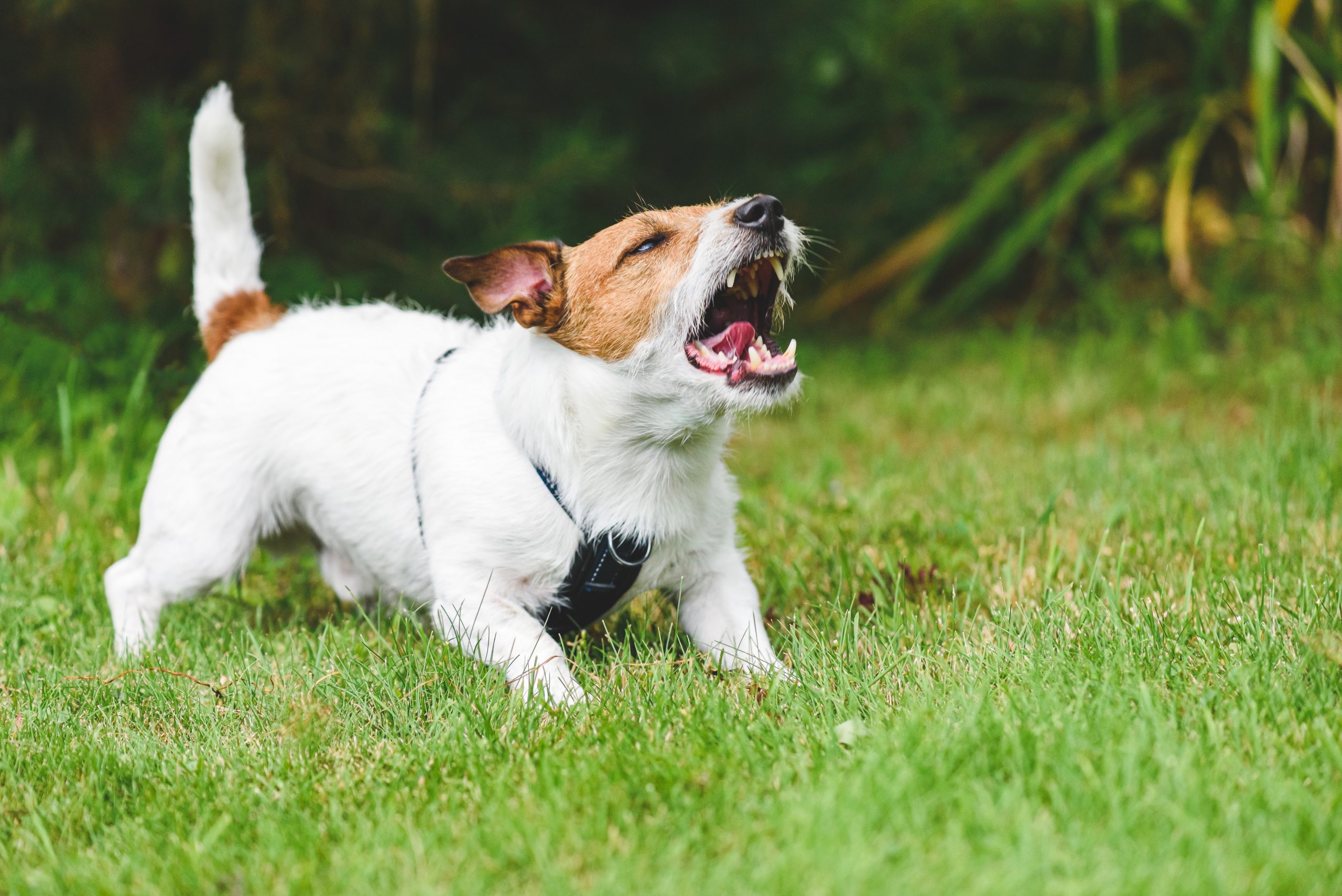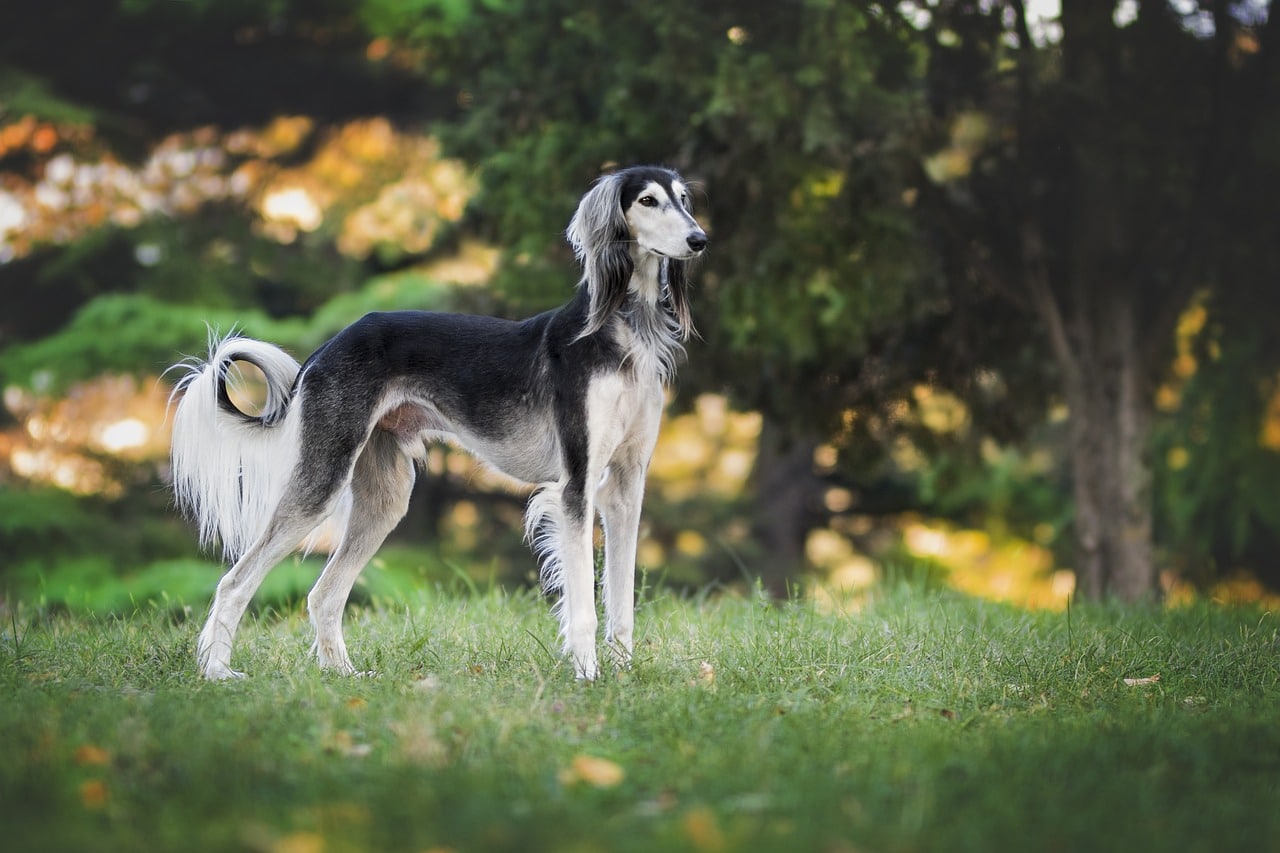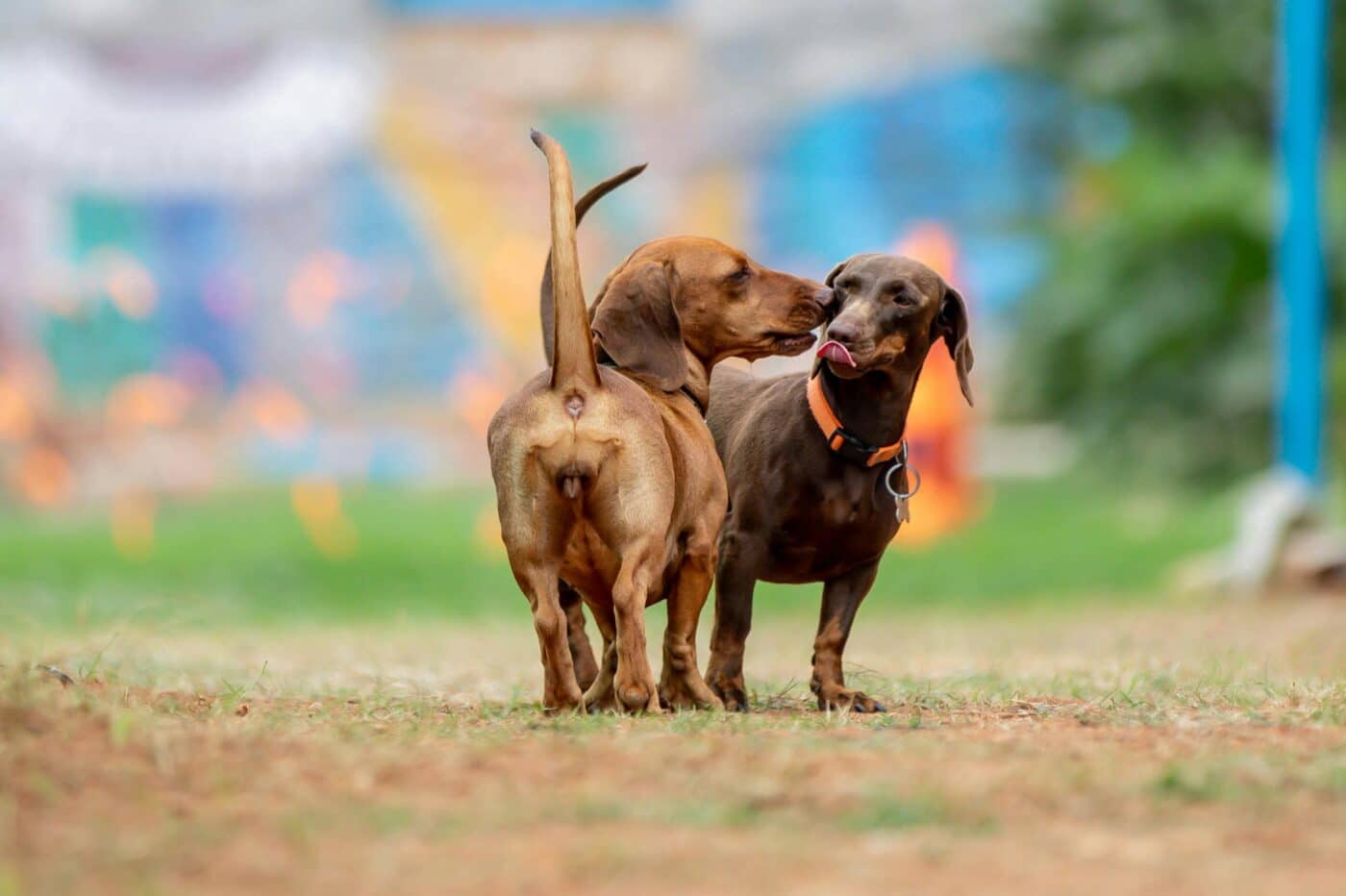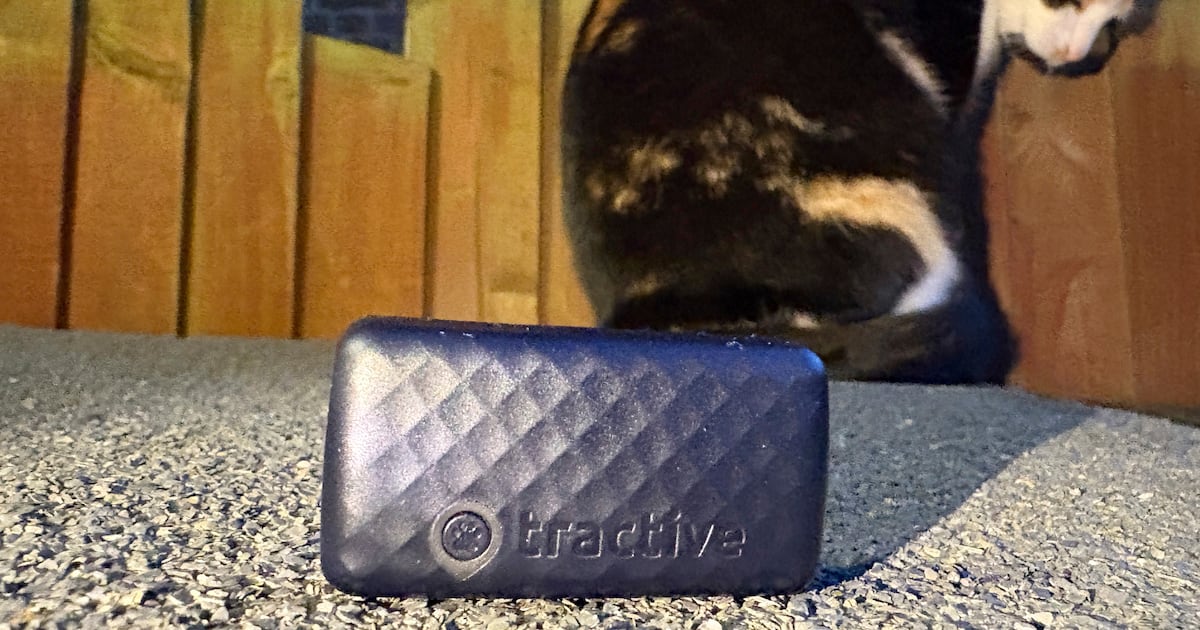Shutterstock
A dog’s tail can reveal a lot about their mood, often providing clues to what they’re feeling before they make a sound. By observing the position, movement, and even the speed of their tail, you can gain insights into their emotions, whether they’re feeling happy, anxious, curious, or alert. Since dogs rely on body language to communicate, learning to interpret their tail signals can strengthen the bond you share, helping you understand them better and respond appropriately to their needs.
High and Wagging with Enthusiasm
 Shutterstock
Shutterstock
When a dog’s tail is held high and wagging with enthusiasm, it’s a classic sign of happiness and excitement. This is often seen when you return home, when they see their favorite toy, or when they meet another friendly dog. A high, wagging tail indicates that your dog feels confident and content, expressing a joyful mood. This is their way of showing you how thrilled they are to see you, almost like an enthusiastic “hello!” If your dog’s tail is in this position, they’re likely ready to engage, play, and spend quality time with you.
Low and Wagging Slowly
 Shutterstock
Shutterstock
A low, slow wag can indicate a more tentative or cautious form of friendliness. Dogs will often display this behavior when they’re meeting someone new, unsure of a situation, or assessing their environment. This tail position signals that your dog is trying to be friendly but may still be uncertain or gauging your reaction. It’s their way of saying, “I’m open to this, but let’s take it slow.” If you see this tail movement, it’s a sign to approach calmly and let them get comfortable at their own pace.
Tucked Between the Legs
 Shutterstock
Shutterstock
A tail tucked between a dog’s legs typically indicates fear or submission. This position is common when a dog feels threatened, insecure, or intimidated, possibly by loud noises, unfamiliar environments, or a dominant dog. By tucking their tail, dogs are trying to appear smaller and non-threatening, signaling that they’re not interested in confrontation. If your dog is in this position, they likely need reassurance, calmness, and space to feel safe. It’s a reminder that dogs have their way of expressing vulnerability, and a tucked tail means they’re looking for support.
High and Rigid
 Shutterstock
Shutterstock
When a dog’s tail is held high and rigid, it usually signifies alertness or dominance. Dogs may adopt this position when they’re focused on something specific, like another animal or a person approaching. A high, stiff tail indicates that they’re in a heightened state of attention, often assessing whether they need to take action. This position suggests that your dog is feeling confident and may even be asserting dominance or protection. If you observe a high, rigid tail, give your dog space to assess the situation and avoid startling them, as they may be in a protective or vigilant mood.
Mid-Level and Relaxed
 Shutterstock
Shutterstock
A tail held at a neutral, mid-level position suggests that your dog is calm and content. This is a sign that they’re feeling relaxed and at ease in their environment, whether they’re lying down or strolling around. A mid-level tail with gentle movements indicates a sense of security and comfort, showing that your dog is simply “in the moment.” This is often seen when they’re with family or in a familiar setting. When your dog’s tail is in this relaxed position, you can feel confident that they’re enjoying a peaceful state of mind.
High and Curved Over the Back
 Shutterstock
Shutterstock
Some dogs have tails that naturally curl over their backs, like Huskies or Akitas, and this position can also reveal a lot about their mood. When a tail that usually hangs down is suddenly high and curved over the back, it’s often a sign of dominance or excitement. This position is especially noticeable during playful or competitive interactions with other dogs. A tail curved over the back says, “I’m feeling strong and confident.” However, if this posture is accompanied by stiffness or intense focus, it could indicate dominance, and it’s best to monitor your dog’s body language for any signs of tension.
Fast Wagging with a Loose Tail
 Shutterstock
Shutterstock
A loosely wagging tail moving at a quick pace is typically a sign of excitement and happiness. This is the tail you see when you pick up a leash or when it’s mealtime—your dog’s way of saying, “I’m thrilled about what’s happening next!” A fast, loose wag indicates your dog is in a joyful mood and eagerly anticipates whatever’s coming. This type of wagging shows that they’re excited and ready for positive interaction. So, if your dog’s tail is wagging like this, get ready for some enthusiastic companionship!
Slow, Gentle Wagging
 Shutterstock
Shutterstock
A slow, gentle wag usually indicates that your dog is calm and comfortable, possibly even slightly curious. This is common when dogs are watching something interesting or engaging with someone in a relaxed way. It’s a nonchalant way that suggests they’re in a peaceful, neutral mood and open to whatever comes next. When a dog wags their tail slowly and gently, they’re typically in a relaxed state, showing that they’re at ease and content. If you see this type of wag, it’s the perfect time for some calm petting and bonding.
Fast Wagging with Stiffness
 Shutterstock
Shutterstock
When a dog’s tail is wagging rapidly but with stiffness, it can indicate a mixture of excitement and tension. This tail position often appears during intense interactions, like meeting a new dog or encountering a strange animal. The stiff, fast wagging suggests that your dog is alert and cautious, yet interested. This type of wagging can mean they’re not sure how to react and may be feeling both excited and uncertain. If you observe this type of tail wagging, keep an eye on their other body language, as they may need gentle reassurance or space.
Circular or Helicopter Wag
 Shutterstock
Shutterstock
A circular or “helicopter” wag, where the tailspins are in a loop, is a true sign of pure joy and affection. Dogs typically show this wagging style when they’re genuinely happy to see someone, often reserved for close family members or friends. This wag is a full-body experience, with their entire backside often joining in the motion. A helicopter wag is your dog’s way of expressing full-hearted love and excitement, signaling that they’re in an ecstatic, loving mood. If you see this joyful spin, you can feel assured that you’re one of their favorite people!
Wagging to the Right
 Shutterstock
Shutterstock
Studies have shown that dogs often wag their tails slightly to the right when they’re happy and relaxed. This subtle rightward wagging suggests positive feelings, indicating that your dog feels safe and comfortable around you or in their environment. If you notice a slight rightward tilt in their wag, it’s a sign that your dog is in a friendly and open mood. Rightward wagging might be subtle, but it’s a sign of trust and affection, so take it as a quiet gesture of happiness from your pup.
Wagging to the Left
 Shutterstock
Shutterstock
On the other hand, a tail wagging slightly to the left can indicate uncertainty or stress. Dogs may wag their tails to the left when they’re feeling unsure, anxious, or wary about a situation or person. It’s a way of signaling caution, showing that they’re on high alert. If you notice a leftward wag, observe their environment and body language closely, as they may need reassurance or a bit of space to feel secure. A leftward wag can be a small but significant sign that your dog is processing something unfamiliar or unsettling.
The Great Tail Of Happiness
 Shutterstock
Shutterstock
Your dog’s wagging tail may not have words, but it has plenty to say about what they’re feeling. From joyful wags to cautious curves, each movement tells a story, allowing you to connect with them on a deeper level. Once you’ve mastered the art of reading tail signals, you’ll be able to respond to your dog’s moods with greater understanding. So next time your dog’s tail is talking, give them a little extra attention—they’re wagging their way into your heart!








